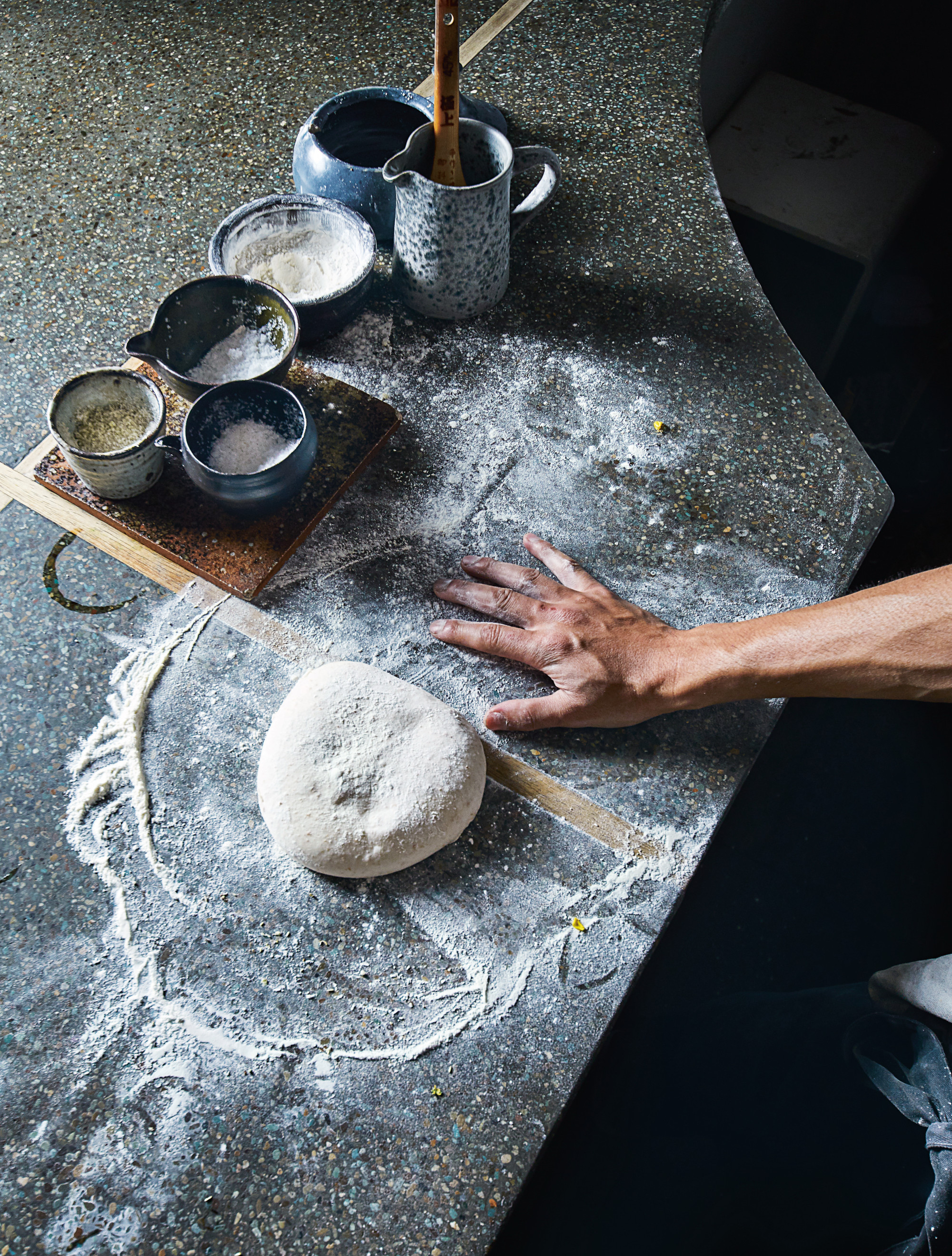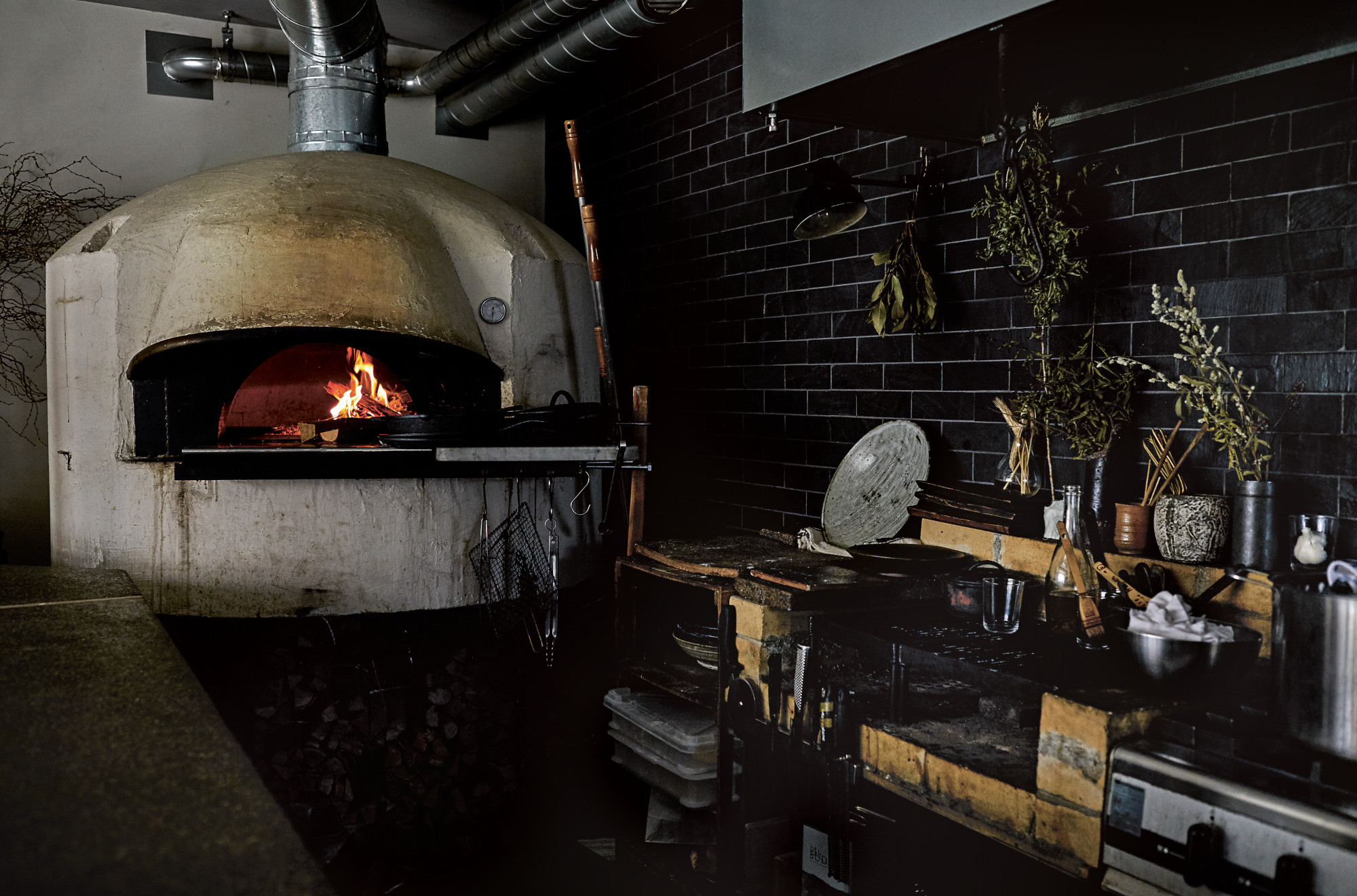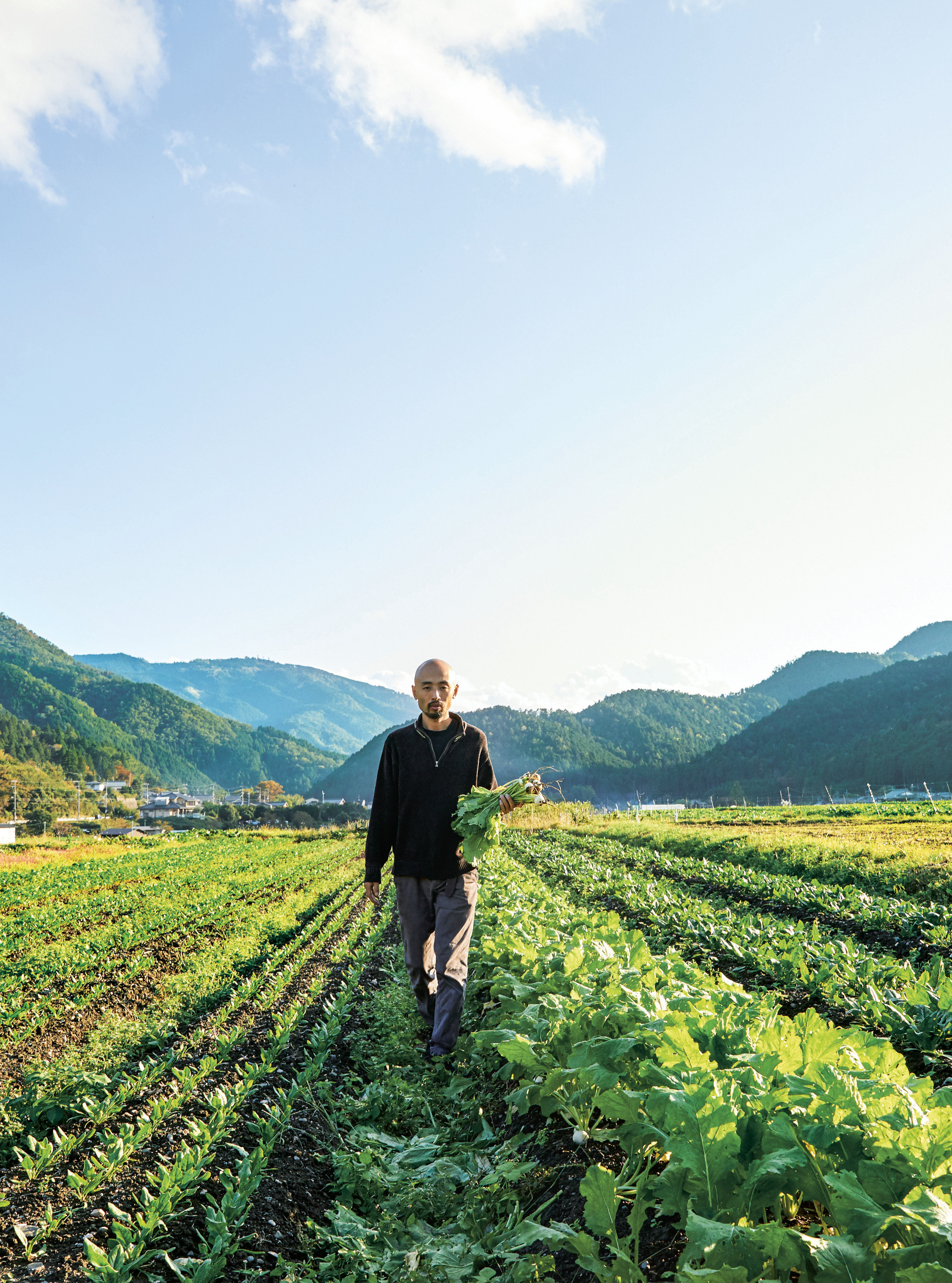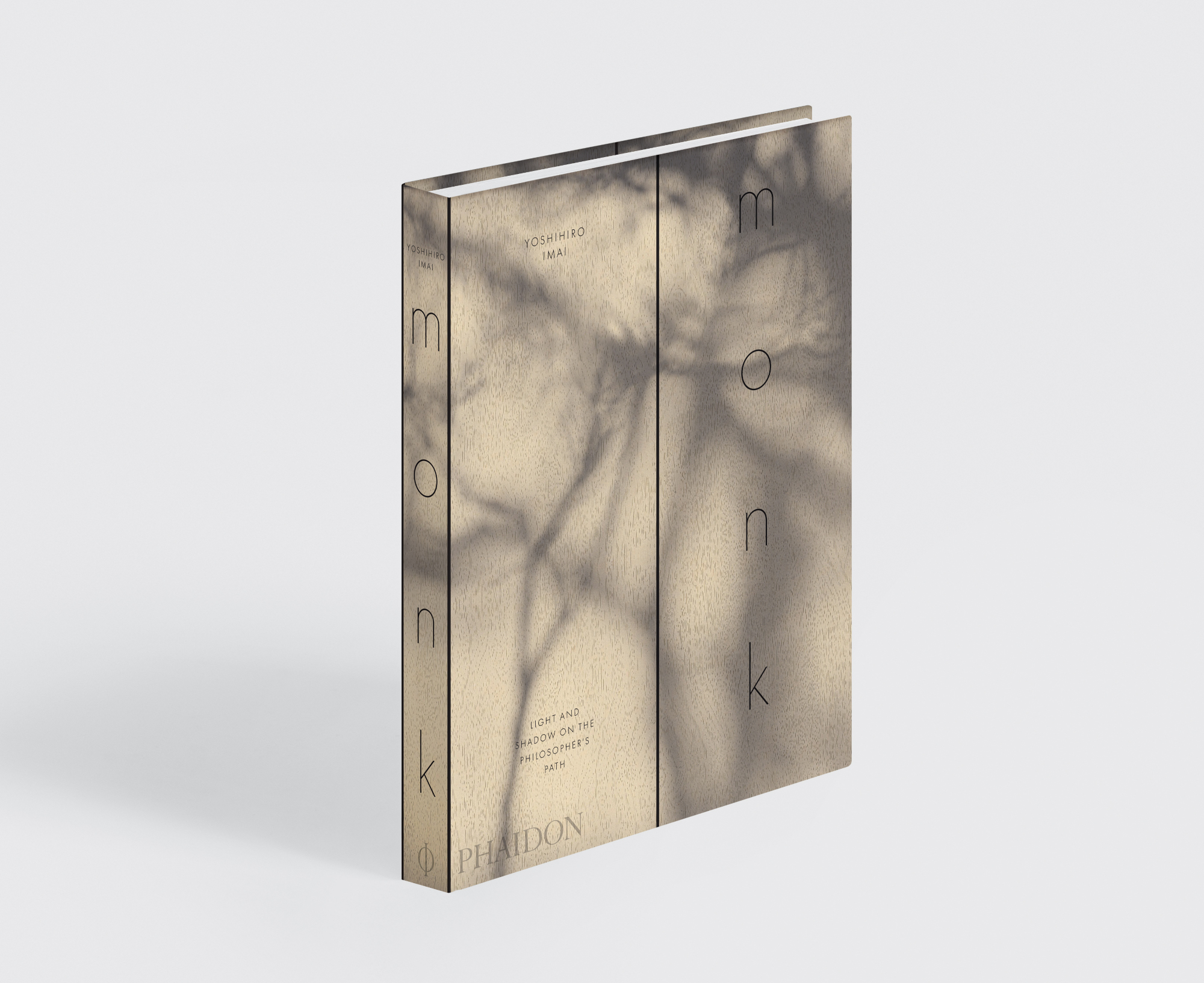
The devotion to dough that makes monk perfect
How do you make truly great pizza dough? monk restaurant founder Yoshihiro Imai treats his as if it were another member of the family
Do you know what cooking really means in Japan? “The origin of the meaning of 料理, “to cook,” is the character for “rice,” 米, combined with the character “to measure,” 斗, and the character meaning “to accommodate,” 理,” writes the award-winning chef Hisao Nakahigashi in the introduction to our new book, monk: Light and Shadow on the Philosopher's Path. “In other words, facing off with the ingredients, and facing off with nature: This means taking into consideration, or measuring, what it means for humans to interact with these life forces within our environment, and to accommodate accordingly. To cook, in its truest sense, is to accommodate the governing of all things.”
That contemplative, holistic approach to the culinary arts is entirely in keeping with monk, Yoshihiro Imai's 14-seat, seasonally inspired restaurant, set on the cherry blossom-lined Philosopher's Path in Kyoto.

The path is a canal-side route used by Kyoto University professor and acclaimed philosopher Nishida Kitaro for his daily perambulations. Monk’s patron chef, Yoshihiro Imai cooks over a fire, specialises in pizza, creates seasonal menus and favours fresh local ingredients.
Yet this simple description doesn’t do Imai's deep, monastic devotion to food justice. In our book he describes stories of the farmers, makers, and exceptional ingredients – from foraged vegetables to herbs and flowers – that inspire his omakase-style menu, explains why cooking with fire is central to the restaurant, and traces the evolution of the unpretentious, innovative, and flavorful pizza for which he is now renowned globally.
For great pizza you need great dough, and at monk, making great dough is an act of strong devotion. “The monk pizza dough is made from a blend of three domestic flour varieties and homegrown wild yeast,” writes Imai in the new book. “The main flour is from Hokkaido, and is characterized by gluten (between 11.3 and 11.5 percent) that’s not overpowering and yields a soft chewy texture. For the mother yeast used as a fermentation starter, I use whole wheat flour made from an ancient wheat variety, spelt, that’s carefully milled by a farmer in Shiga prefecture just east of Kyoto. The flour has a deep, nutty flavor that gives the dough a unique intensity.”

Water too, requires careful consideration. “The dough is made using mostly spring water drawn from a nearby shrine,” the chef explains. “Kyoto is historically rich with soft spring water that’s ideal for making dashi—a broth made from kelp and bonito flakes commonly used as a base in Japanese cuisine. It’s said that a particular dashi food culture evolved in Kyoto because of the quality of the water, and I’ve even heard stories about a Kyoto chef who travels with his own spring water when he cooks abroad.”
“Finally I add a mineral-rich sea salt that brings in the umami of the ocean,” Imai concludes, before going on to describe how he mixes the dough and lets it prove, according to weather and ambient temperature.
These might sound like fairly straightforward steps, and the chef admits that his role as dough maker is both simple, and perhaps a little bit spiritual too. “Flour, mother dough, water, salt,” he writes. “These four ingredients come together in a game with time and weather, which is the very essence of preparing pizza dough; my task is to set up the best conditions for the dough to grow comfortably. There’s a mystical quality to making dough from scratch and watching it rise. After years of taking care of it and touching it on a daily basis, you start to notice even the smallest changes. I might find myself saying things like: ‘Not feeling like yourself today?’ Or: ‘Hey, calm down!’ The dough has become like a family member I see every day.”
To create your own equally characterful batch of pizza dough, as well as full recipes and other insights into this brilliant, and brilliantly simply restaurant, order a copy of monk here.
